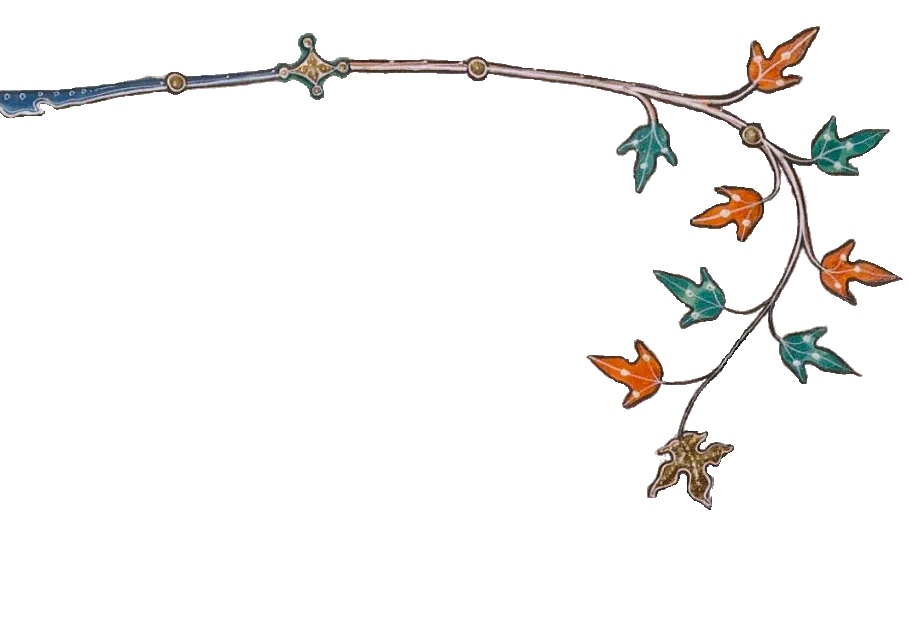I noticed a funny thing happening, the dates for my posts were wrong. The source of the post would contain the correct value in the frontmatter, for example the date of my [first post](/blog/hello-world) was 2022-07-25 but when that was rendered by NextJS and spit out on the website it was coming in a whole day earlier, ie 2022-07-24. At first I thought the culprit was the date library, date-fns, so I dropped into a node shell to see if that was the case…
> date.format(date.parseISO('2022-07-29'), 'LLLL d, yyyy')
'July 29, 2022'
So date-fns is not the culprit. Next step, console.log!
const postDate = format(parseISO(post.date), 'LLLL d, yyyy')
console.log(postDate, post.date) // July 24, 2022 2022-07-25T00:00:00.000Z
Weird right? The input is the 25th but the output is the 24th. Let’s see what the date-fns documentation has to say:
Libraries like Moment and Luxon, which provide their own date time classes, manage these timestamp and time zone values internally. Since date-fns always returns a plain JS Date, which implicitly has the current system’s time zone, helper functions are needed for handling common time zone related use cases.
Okay, not so weird maybe! But I’m not sure the answer is going to be easy. The documentation goes on to explain how to update a datetime stamp to either reflect the time in a given locale based on the UTC time or update a locale based timestamp to reflect UTC time. What we need is to update the timezone, the datetime is right, the timezone is wrong in this particular case.
Sadly the JavaScript date doesn’t really have this concept and so it sounded like it might be easier to correct the problem at the source… and I figured that source was Contentlayer, since it was parsing my frontmatter.
I did some more dgging and it looks like someone who works on Contentlayer actually attempted addressing this issue already and the tl;dr is that it’s actually not something they can fix because it’s being determined by something in front of Contentlayer, and the dev suggested it might be an issue with gray-matter, the frontmatter parser they’re using.
I went to the repo for gray-matter and poked around, but after looking at how this library works, this is not the culprit either.
Next step was to check in on js-yaml, which is what gray-matter is using to parse the frontmatter — at least in my case since I’m using yaml frontmatter.
The story there is likely that I need to change how I present the date, as it wants either the date format I’m using (ie 2022-07-29) or it wants a full blown timestamp. If you use the full blown timestamp than it can set the timzezone, but otherwise you’re stuck with UTC it looks like. And this isn’t just that js-yaml library, but in fact this is a part of the YAML standard:
If the time zone is omitted, the timestamp is assumed to be specified in UTC. The time part may be omitted altogether, resulting in a date format. In such a case, the time part is assumed to be 00:00:00Z (start of day, UTC).
Which means I have few options. I can use the far more cumbersome timestamp (ie 2022-07-29T01:02:03-6.0), I could deal with the date being wrong, I could update the timestamp everytime I use it, or perhaps provide a PR to Contentlayer.
I dislike the middle idea, so I ended up creating a PR to contentlayer. Essentially, this PR will update the date if a timezone is specified in the config file and if the date that was already fetched does not match the offset set specified in that timezone field of the config.
Here’s the diff of my PR:
let dateValue = new Date(rawFieldData)
if (options.date?.timezone) {
- dateValue = dateFnsTz.zonedTimeToUtc(dateValue, options.date.timezone)
+ // NOTE offset of specified timezone in milliseconds
+ const desiredOffset = dateFnsTz.getTimezoneOffset(options.date.timezone)
+
+ // NOTE offset of raw date value is in minutes, we must multiple 60 then 1000 to get milliseconds
+ const currentOffset = dateValue.getTimezoneOffset() * 60 * 1000
+
+ if (desredOffset != currentOffset) {
+ dateValue = new Date(dateValue.getTime() + dateFnsTz.getTimezoneOffset(options.date.timezone) * -1)
+ }
}


